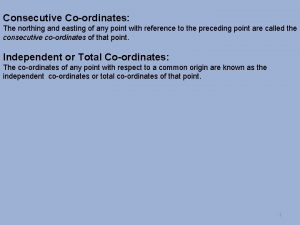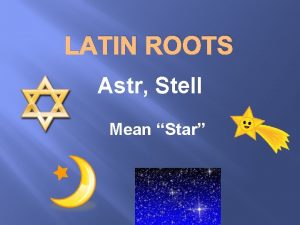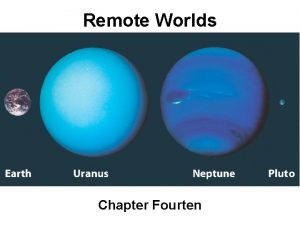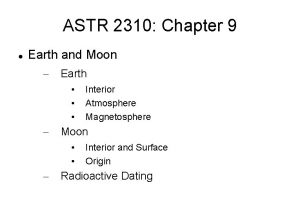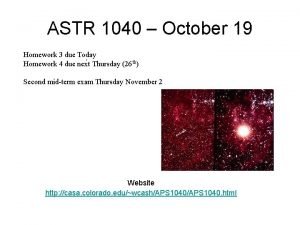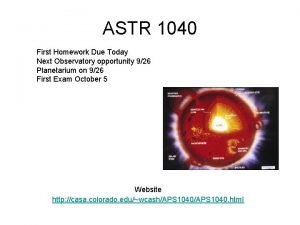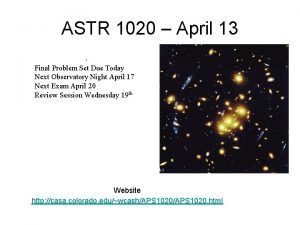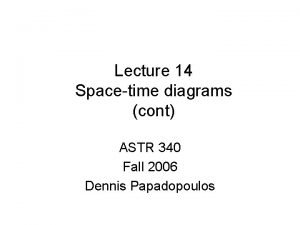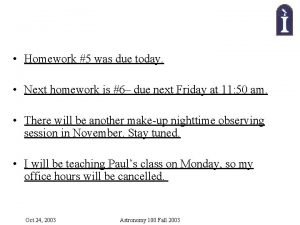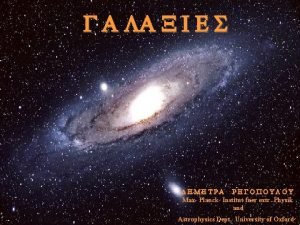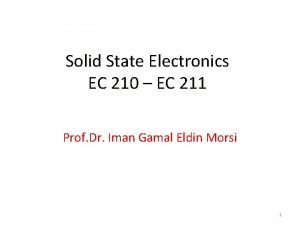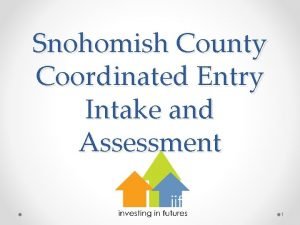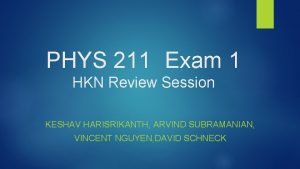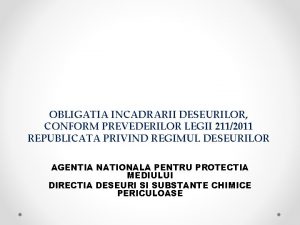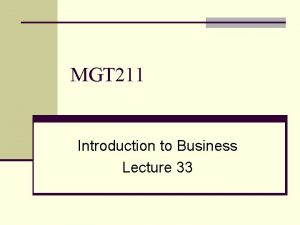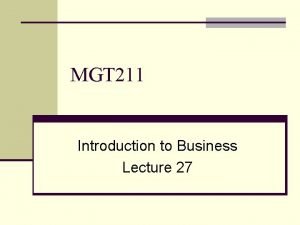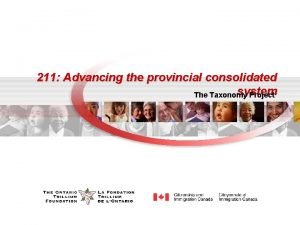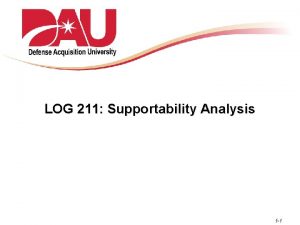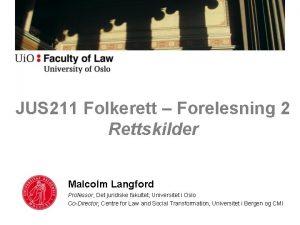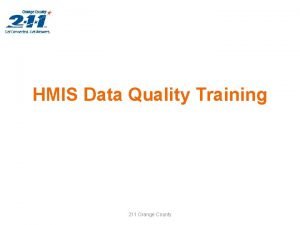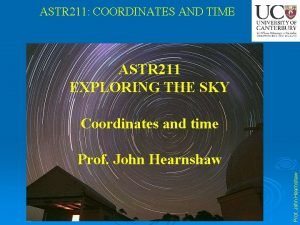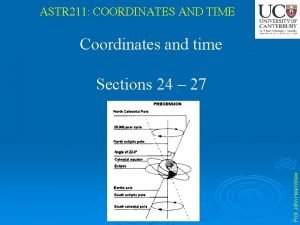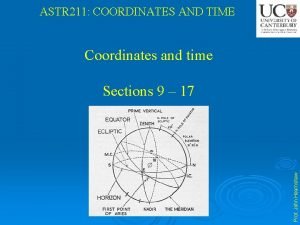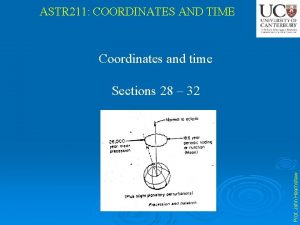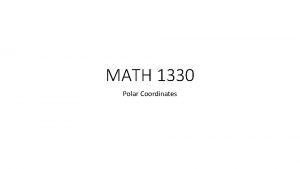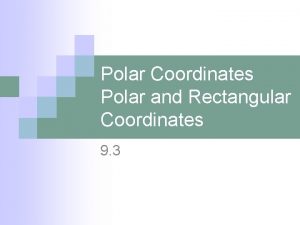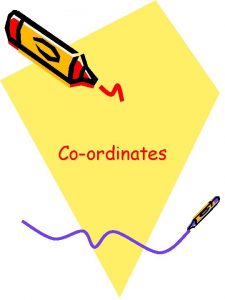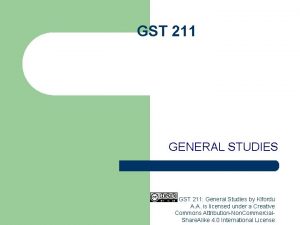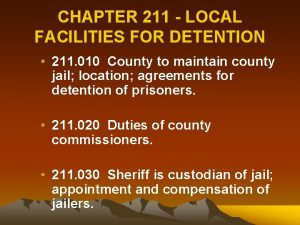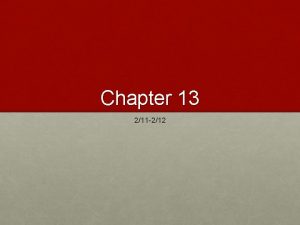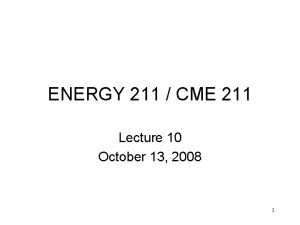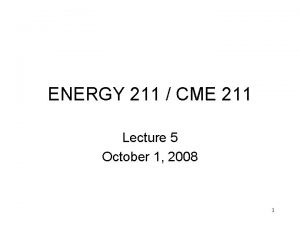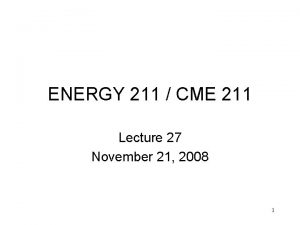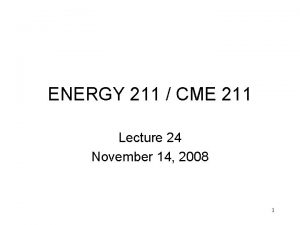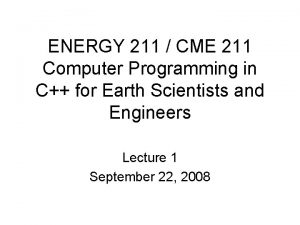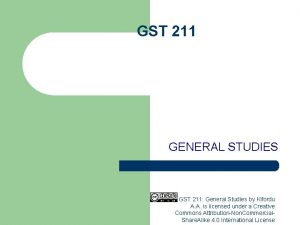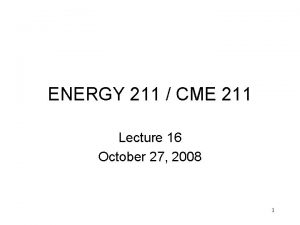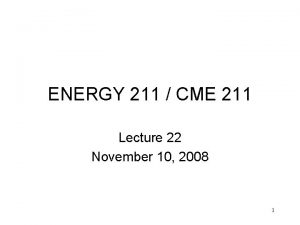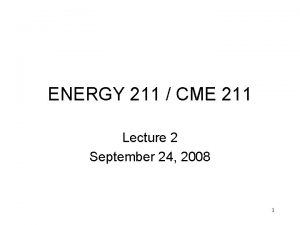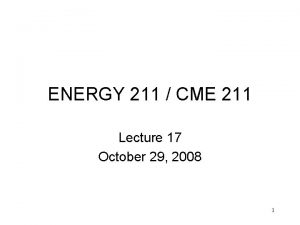ASTR 211 COORDINATES AND TIME Coordinates and time





































- Slides: 37

ASTR 211: COORDINATES AND TIME Coordinates and time Prof. John Hearnshaw Sections 18 – 23

ASTR 211: COORDINATES AND TIME 18. Sidereal time 24 sidereal hours = time interval between two successive meridian passages of a given star, or of First Point of Aries = time for Earth to rotate through 360. Prof. John Hearnshaw A time-keeping system based on the diurnal motion of the stars, rather than the Sun. Local sidereal time (LST) = R. A. of stars crossing observer’s meridian (H = 0) at any instant = hour angle of , the First Point of Aries.

Diagram showing the concept of sidereal time, being the right ascension of stars now crossing the observer’s meridian, or the hour angle of the First Point of Aries Prof. John Hearnshaw ASTR 211: COORDINATES AND TIME

ASTR 211: COORDINATES AND TIME Note that in 24 mean solar hours Earth rotates through nearly 361 , because direction to Sun relative to stars changes ~1 /day. In 1 year there are 365¼ (mean solar) days but 366¼ Earth rotations. 1 mean solar day = 24 mean solar hours 24 h (sidereal time) = 23 h 56 m solar time (stars take less time than Sun between successive transits) Prof. John Hearnshaw = 24 h 04 m sidereal hours.

Sidereal and solar days Prof. John Hearnshaw ASTR 211: COORDINATES AND TIME

ASTR 211: COORDINATES AND TIME Prof. John Hearnshaw Ratio

ASTR 211: COORDINATES AND TIME Relation between LST, R. A. and hour angle LST = R. A. + H On meridian H = 0 and LST = R. A. LST increases by 4 m every 1 in longitude that one travels to E. Prof. John Hearnshaw As one looks E from meridian, R. A. increases at rate of 1 h every 15 on equator, H decreases at same rate (for observer at fixed location on Earth).

ASTR 211: COORDINATES AND TIME LST is the measure of which stars are crossing observer’s meridian at any instant. RA=6 h B h Observer at A B C D C LST 0 h 6 h 12 18 h Earth NP A RA=0 h D h RA=18 Prof. John Hearnshaw RA=12

Local sidereal time, LST Prof. John Hearnshaw ASTR 211: COORDINATES AND TIME

The concepts of local sidereal time and Greenwich sidereal time. LST = HA for a local observer; GST = HA for an observer at Greenwich. Prof. John Hearnshaw ASTR 211: COORDINATES AND TIME

ASTR 211: COORDINATES AND TIME 19. Ecliptic coordinates The zero point of ecliptic longitude is the First Point of Aries ( ) – for which ( , ) = (0 , 0 ). Prof. John Hearnshaw Ecliptic longitude Ecliptic latitude 0 360 measured eastwards around ecliptic – 90º + 90 angular distance from ecliptic ( = 0 ) towards N or S ecliptic poles.

ASTR 211: COORDINATES AND TIME K is the north ecliptic pole. Ecliptic coordinates (λ, β) for an object at point X Prof. John Hearnshaw P is the north celestial pole.

ASTR 211: COORDINATES AND TIME 20. Galactic coordinates Galactic longitude l Galactic latitude b Galactic equator based on HI distribution in disk of our Milky Way – the Galaxy. Inclined at 62 08 (epoch 2000) to the celestial equator. Prof. John Hearnshaw 0 l 360 measured eastwards around galactic equator. – 90 b +90 angular distance from galactic equator towards N or S galactic poles.

The galactic equator, used to define the galactic coordinate system, is in turn defined by the distribution of HI in the Milky Way as observed by radio telescopes working at the 21 -cm wavelength Prof. John Hearnshaw ASTR 211: COORDINATES AND TIME

ASTR 211: COORDINATES AND TIME l 0 , b 0 is the galactic centre direction. N galactic pole is b +90 NGP is at ( , )2000 (12 h 51 m, +27 08 ) Galactic rotation direction is (l, b) (90 , 0 ) Prof. John Hearnshaw Galactic centre is at

Galactic coordinates: L is the galactic centre, G is the north galactic pole, G' is the south galactic pole. Prof. John Hearnshaw ASTR 211: COORDINATES AND TIME

ASTR 211: COORDINATES AND TIME 21. Spherical geometry Spherical triangle ABC is a spherical triangle (formed by 3 great circle arcs). Prof. John Hearnshaw This is a figure formed on the surface of a sphere by three intersecting arcs of great circles.

ASTR 211: COORDINATES AND TIME Sides of the spherical triangle (a, b, c): measured in degrees and equal to the angle between the radii from sphere’s centre to two points of intersection of great circles. Prof. John Hearnshaw Angles of spherical triangle (A, B, C): measured in degrees and equal to angle between the tangents to the great circles that intersect at each vertex of the triangle.

The construction of spherical triangles from great circles on the surface of a sphere Prof. John Hearnshaw ASTR 211: COORDINATES AND TIME

ASTR 211: COORDINATES AND TIME 22. Spherical trigonometry Similarly: cos b cos a cos c + sin a sin c cos B cos c cos a cos b + sin a sin b cos C Prof. John Hearnshaw Cosine formula: cos a cos b cos c + sin b sin c cos A

ASTR 211: COORDINATES AND TIME Note: for small a, b, c: cos a ~ (1 a 2/2) etc. provided a is measured in radians instead of degrees. Exercise: Prove that a 2 b 2 + c 2 2 bc cos A for a spherical with small sides. Prof. John Hearnshaw The spherical then approximates the plane .

ASTR 211: COORDINATES AND TIME Sine formula: (sine rule for plane s). Prof. John Hearnshaw Note: for small a, b, c:

ASTR 211: COORDINATES AND TIME 23. Applications of spherical trigonometry: some practical examples ( 1, 1) and ( 2, 2) are coordinates = 2 1 in degrees (1 h 15 ) cos 12 cos (90º 1) cos (90º 2) + sin (90º 1) sin (90º 2) cos ( ) sin 1 sin 2 + cos 1 cos 2 cos ( ) Prof. John Hearnshaw a) Angle between two stars of given ( , )

ASTR 211: COORDINATES AND TIME b) Relationship between ( , ) and (a, A) equatorial coordinates Prof. John Hearnshaw (H, ) = (hour angle, dec) or ( , ) (R. A. , dec) (a, A) = alt, az

Consider spherical PZ cos (90 ) cos z + sin (90 ) sin z cos (360 A) sin a + cos a cos A (1) Prof. John Hearnshaw ASTR 211: COORDINATES AND TIME

Also cos z cos (90 ) + sin (90 ) cos H sin a sin + cos H (2) Prof. John Hearnshaw ASTR 211: COORDINATES AND TIME

ASTR 211: COORDINATES AND TIME And Any two of these 3 equations allow one to find (a, A) from (H, ) or (H, ) from (a, A). If right ascension is needed then use = L. S. T. H. Prof. John Hearnshaw (3)

ASTR 211: COORDINATES AND TIME Thus if (H, ) are known obtain sin a from (2), hence a; then get sin A from (3), hence A. Prof. John Hearnshaw If (a, A) are known obtain sin from (1), hence ; obtain sin H from (3), hence H.

ASTR 211: COORDINATES AND TIME Azimuth, A, of a rising or setting object (z = 90º). Prof. John Hearnshaw c) Azimuth of setting/rising object of declination

cos (90 ) cos 90 + sin (90 ) sin 90 cos (360 A) sin cos A sin δ / cos (or cos A sin δ / cos in S hemisphere) Prof. John Hearnshaw ASTR 211: COORDINATES AND TIME

ASTR 211: COORDINATES AND TIME e. g. azimuth limits of setting Sun in Christchurch 43 31 ; cos +0. 725 23 27 (mid summer); = +23 27 (mid winter) mid-summer: cos A + 0. 549 A 56. 7 sunrise or 303. 3 sunset b) mid-winter: cos A 0. 549 A 123. 3 sunrise or 236. 7 sunset Prof. John Hearnshaw a)

ASTR 211: COORDINATES AND TIME A 90 33. 3 at sunrise 270 33. 3 at sunset. where the variation is the overall seasonal range. Prof. John Hearnshaw In general for Sun on horizon in Christchurch

ASTR 211: COORDINATES AND TIME d) Time of sunrise and sunset This gives H, the hour angle of rising/setting Sun, which is approximately the time interval between noon and sunrise/set. Prof. John Hearnshaw cos 90 cos (90 ) + sin (90 ) cos H 0 sin + cos H tan (or + tan in S hemisphere)

ASTR 211: COORDINATES AND TIME Example: length of daylight hours in Christchurch 43 31 ; tan 0. 950 mid-winter: cos H +0. 412 H 65. 68 4. 38 h length of day 2 H 8. 76 h 8 h 45 m Prof. John Hearnshaw mid-summer: cos H 0. 412 H 114. 3 7. 62 h length of day 2 H 15. 24 h 15 h 15 m

ASTR 211: COORDINATES AND TIME e) Equinoctial corollaries Prof. John Hearnshaw We have (from 23 c) cos A sin /cos At equinox Sun is on equator, 0 sin 0 cos A 0 or A 90 , 270 At equinoxes, Sun rises due E, sets due W (irrespective of observer’s latitude).

ASTR 211: COORDINATES AND TIME Also (from 23 d) cos H tan Length of day at equinox 2 H 12 h length of night (equinox equal day and night). Once again, this result is independent of , the observer’s latitude. Prof. John Hearnshaw At equinox, tan 0 cos H 0 or H 90 , 270 6 h, 18 h ( 6 h) (as 1 h 15 )

ASTR 211: COORDINATES AND TIME Prof. John Hearnshaw End of sections 18 - 23
 Independent coordinates in surveying
Independent coordinates in surveying Astr greek or latin
Astr greek or latin Astr
Astr 5 a day language review week 21
5 a day language review week 21 Astr
Astr Astr
Astr Homework due today
Homework due today Quasar spectrum
Quasar spectrum Astr twins
Astr twins Astr 100 uiuc
Astr 100 uiuc Cronou
Cronou Dot product properties
Dot product properties Polar derivative
Polar derivative Opwekking 211
Opwekking 211 211 miller indices
211 miller indices Coordinated entry snohomish county
Coordinated entry snohomish county Poli 211
Poli 211 Physics 211 exam 1
Physics 211 exam 1 Legea 211/2011
Legea 211/2011 Luyana211
Luyana211 Consumer goods are purchased by mgt211
Consumer goods are purchased by mgt211 Is 211 nationwide
Is 211 nationwide Csce 211
Csce 211 211 taxonomy
211 taxonomy Trigo buck colihue
Trigo buck colihue Csce 211
Csce 211 Comp 211
Comp 211 Comp 211
Comp 211 Comp 211
Comp 211 211 org md
211 org md Subplot 211 matlab
Subplot 211 matlab Nur 211 final exam
Nur 211 final exam Log 211
Log 211 Asoe model
Asoe model Jus 211
Jus 211 211 orange county
211 orange county Csce 211
Csce 211 Canterbury tales prologue characters
Canterbury tales prologue characters
